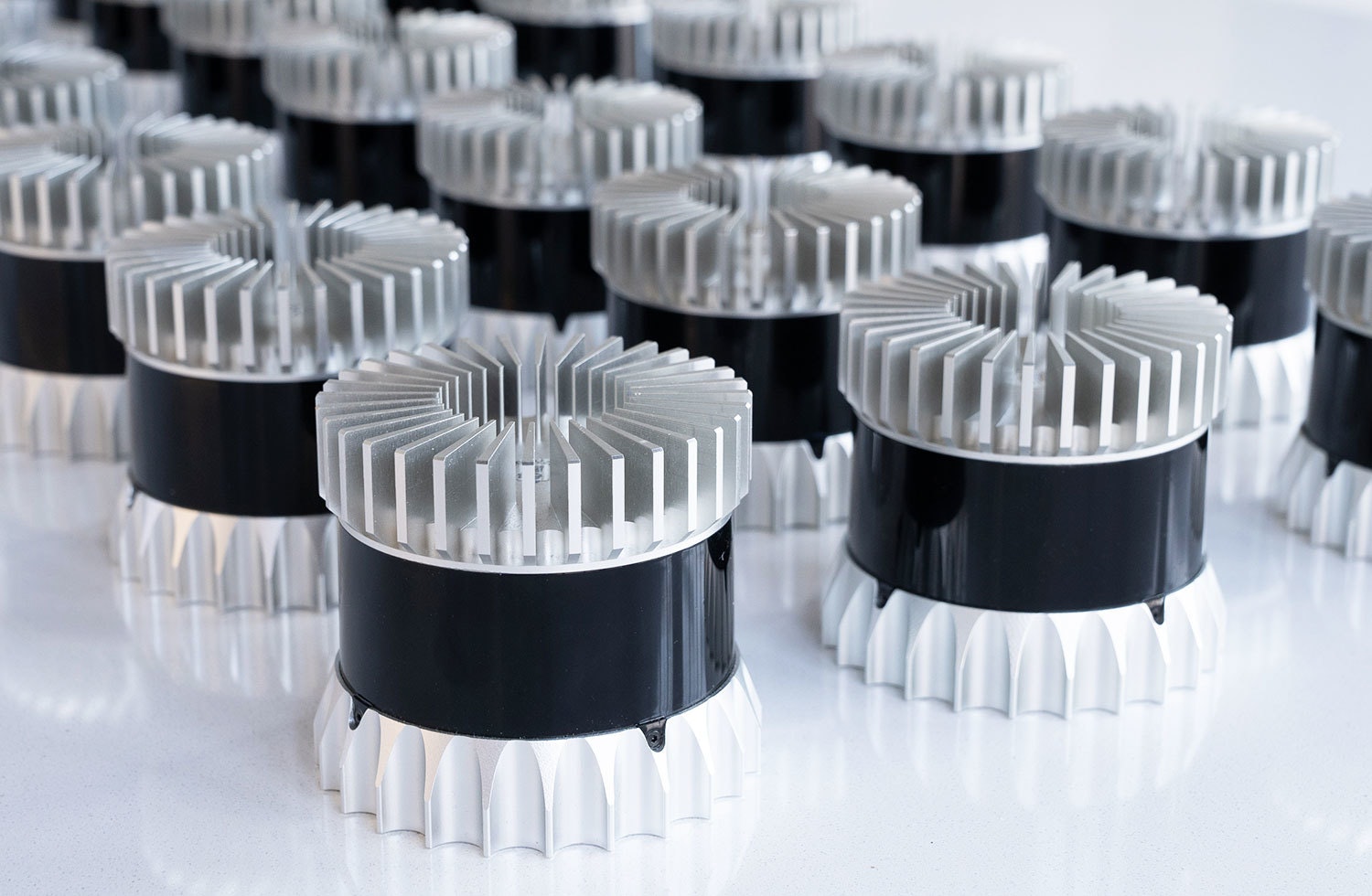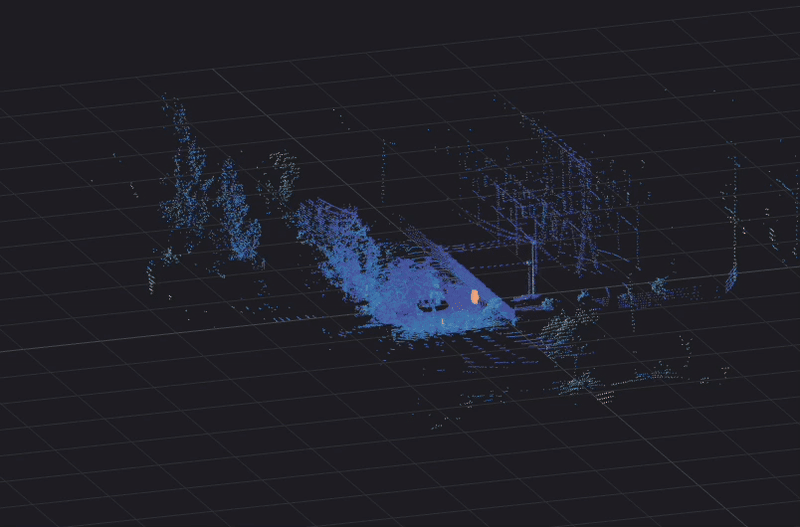
We recently released v1.11 of our firmware with changes to help save time and make using our sensors even easier. To download the latest firmware version (v1.11) click here.
Here’s what’s new with v1.11:
System Interface via HTTP Server
The integrated HTTP server on each sensor now exposes a REST API to query and configure the sensor. Using the new API, you can access the sensor via a web browser, the command line, or programmatically.
For the simplest way to access the server, enter the sensor’s hostname or IP address into your web browser’s navigation bar. The new interface enables you to easily view system information or reset the configuration of your lidar sensor.
Additionally, the Software User Guide (with more information on the new API) and a diagnostic output page for troubleshooting are available via the new interface.
We’ll continue to build out this API and add capabilities, so look out for updates in the coming months!



Static IP Addresses
With Firmware v1.11, you can now assign a static IP address to your lidar sensor, removing the need for a DHCP server to assign an IP address each time you connect the sensor. Refer to the IPv4 override documentation in the updated user guide for more information.
NMEA Support
When the OS1 launched, we were the first lidar sensor to support IEEE1588 Precision Time Protocol, allowing for seamless time synchronization over Ethernet without requiring a separate dedicated connector.
In this update, we added NMEA GPRMC serial message capability on our multipurpose IO port to support systems with legacy time synchronization architectures. We see most of our customers moving their systems to PTP and away from NMEA, but we wanted to make sure that we were supporting the widest possible breadth of systems architectures possible.
For details on how to configure static IP addresses and utilize the new NMEA GPRMC support, check out our updated Software User Guide.
We’ve worked to make updating your sensor as easy as possible and will continue to push more improvements. For an overview of how to update your sensor, check out our blog post: The Over-The-Air Good Life.




